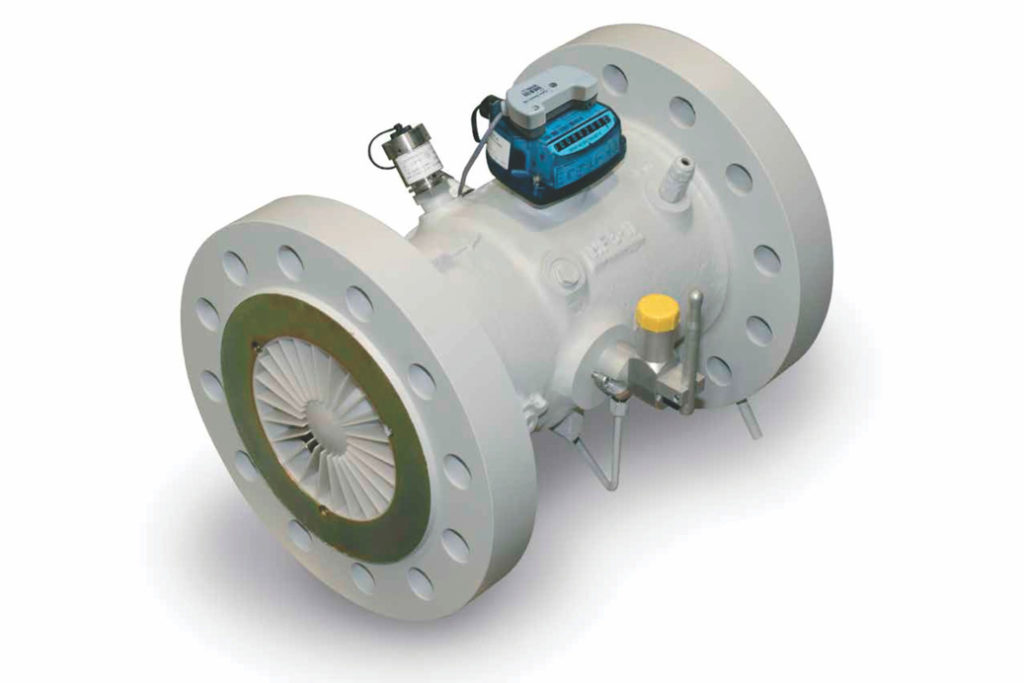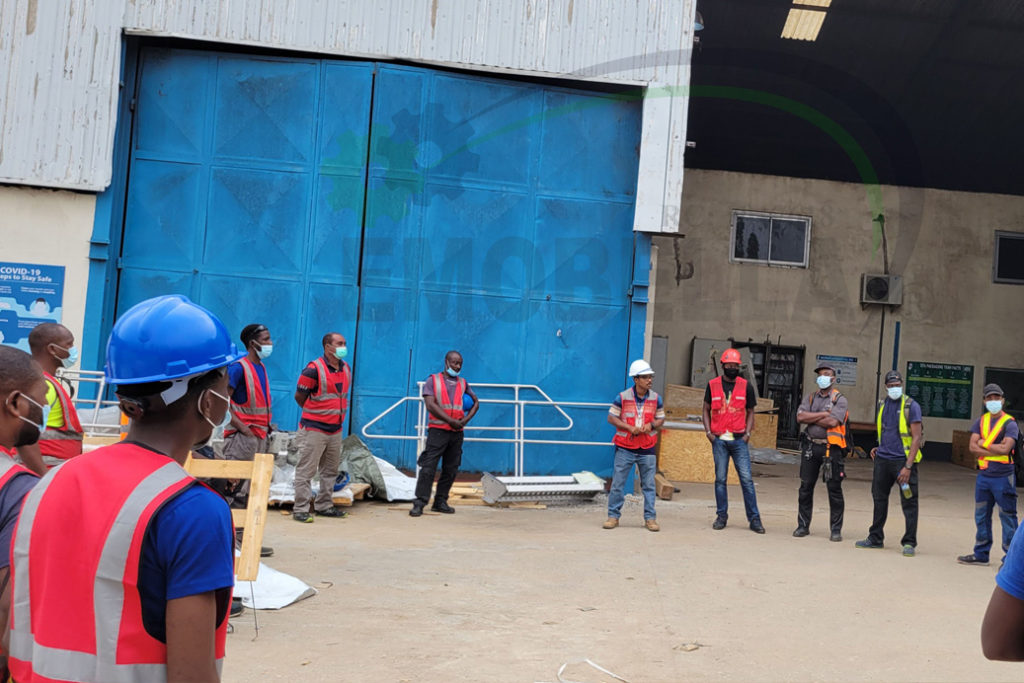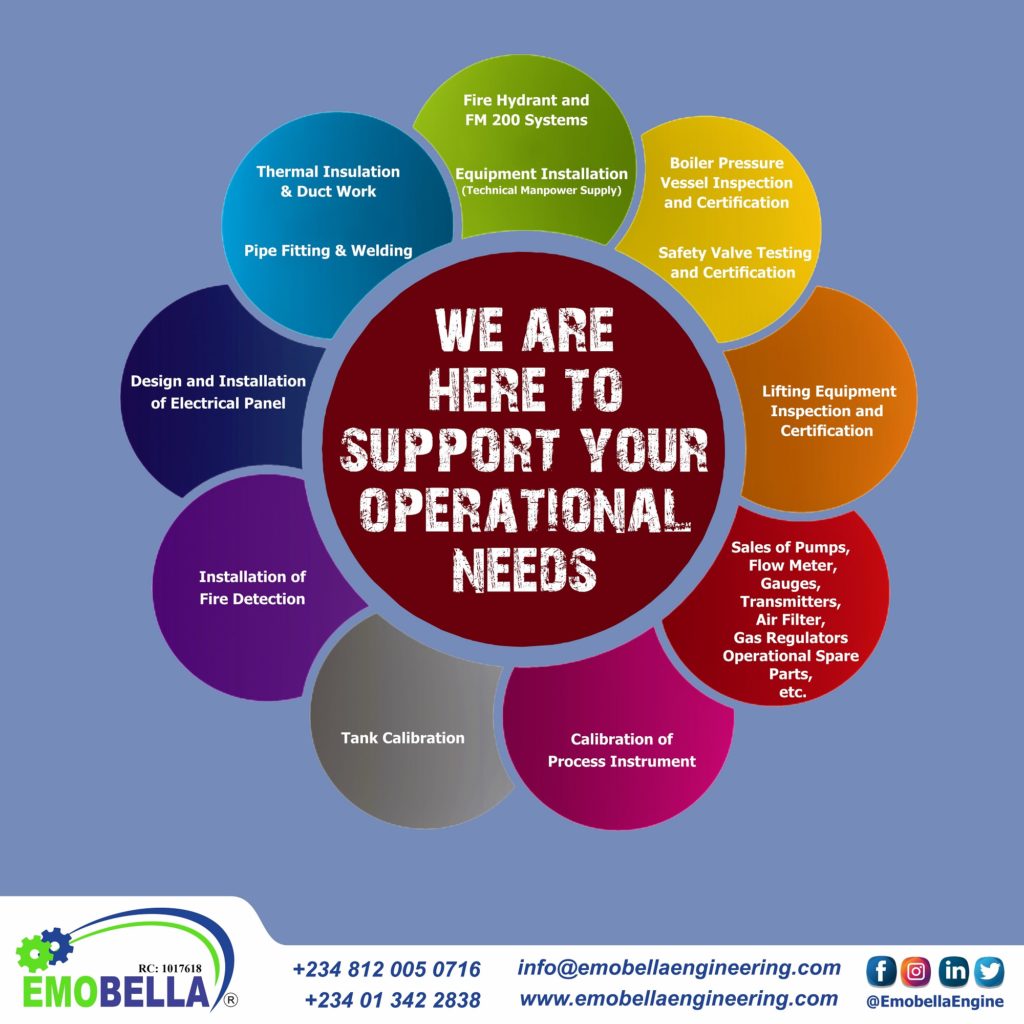You wouldn’t think of going camping without bringing along the right tools for the job, would you?
Then why go to work without wearing the right PPE?
What is PPE?
Personal Protective Equipment (PPE) are specialised clothing or specific equipment worn by an individual working in a potential hazardous environment for protection against painful and possibly crippling injuries, harm, and majority of other dangerous elements while working.
Even where a safe system of work has been applied, there might still be some unknown hazards that might be lurking in the corner. Which is where PPEs come in – to minimize worker’s exposure to dangerous occupational hazards. PPEs are found in many work places, especially in the industrial sector.
Examples of some regularly used PPEs include:
- Hard hats
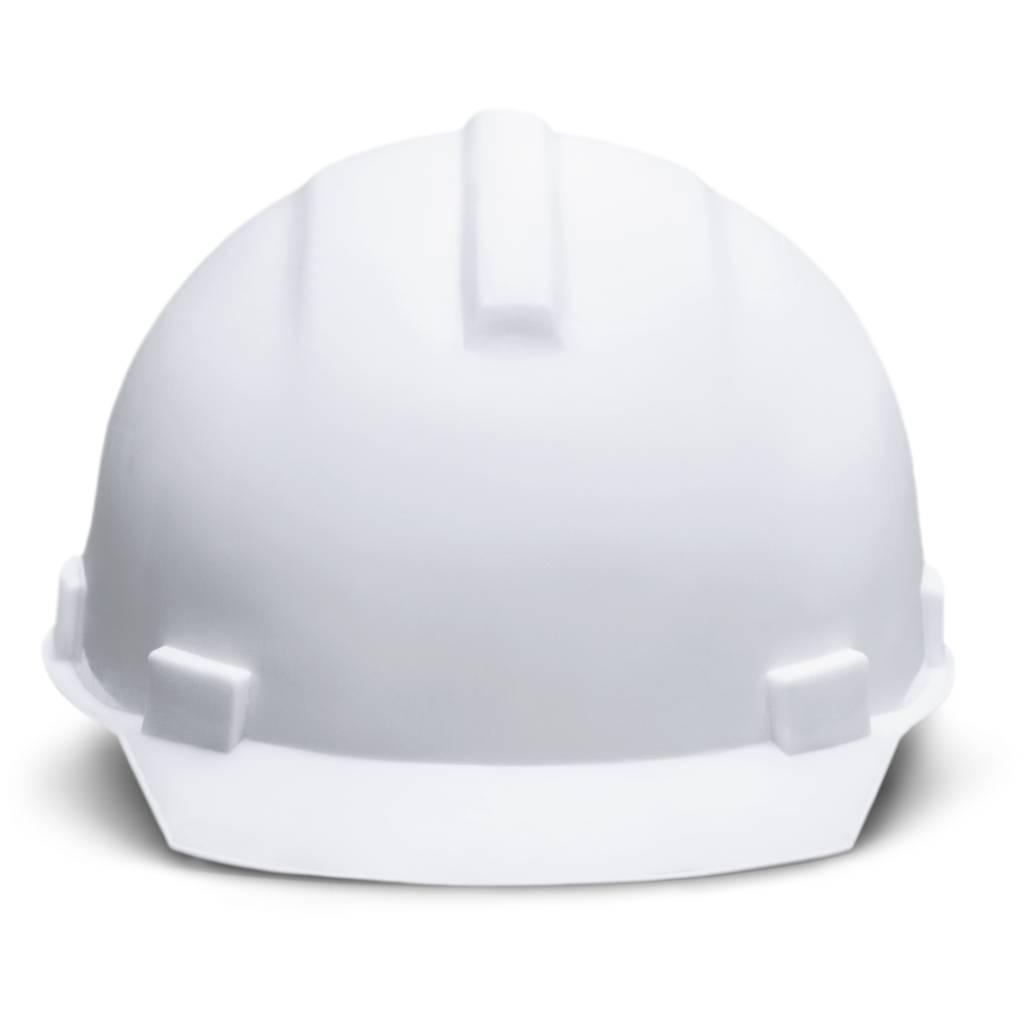
Hard hats are designed to protect one of the most important part of the body – the head. They help reduce serious injury to the head from falling objects, provide protection when you bump your head, as all industrial activities take place both above ground level and on ground surface, putting workers heads in the firing line of many potential hazards.
Headaches, migraines, lacerations, impaired vision, concussion can all result from head injuries, and are things we all wish to avoid. If we expand our list to include things like loss of mobility, permanent disfigurement, and death, the importance of protecting the head becomes more than obvious. And some hard hats even protect workers from arc flash, electrical shock, and burns.
- Safety goggles

You’re working hard on site and everybody knows it, but are you keeping your eyes safe? What if something happens on the job to damage or blind one or both your eyes?
There are 4 main causes of eye injuries, but the good thing is that they are all avoidable.
- Cutting/grinding jobs that throw off tiny particles which can fly straight through inadequate eye protection.
- Objects or hand tools that could strike your eyes.
- Dangerous substances such as molten metal, fumes, acids, chemicals, dusts
- Radiation such as welders flash, lasers, or excessive heat.
These injuries can be avoided by wearing the correct eye protection and being aware of your surroundings and any likely hazards. Thousands of eye injuries occur each year in industrial workplaces, don’t be a part of the statistic. Remember, there’s no such thing as a replacement eye. You can walk and even run with prosthetic legs, but you can’t see with a glass eye.
- Hearing protection
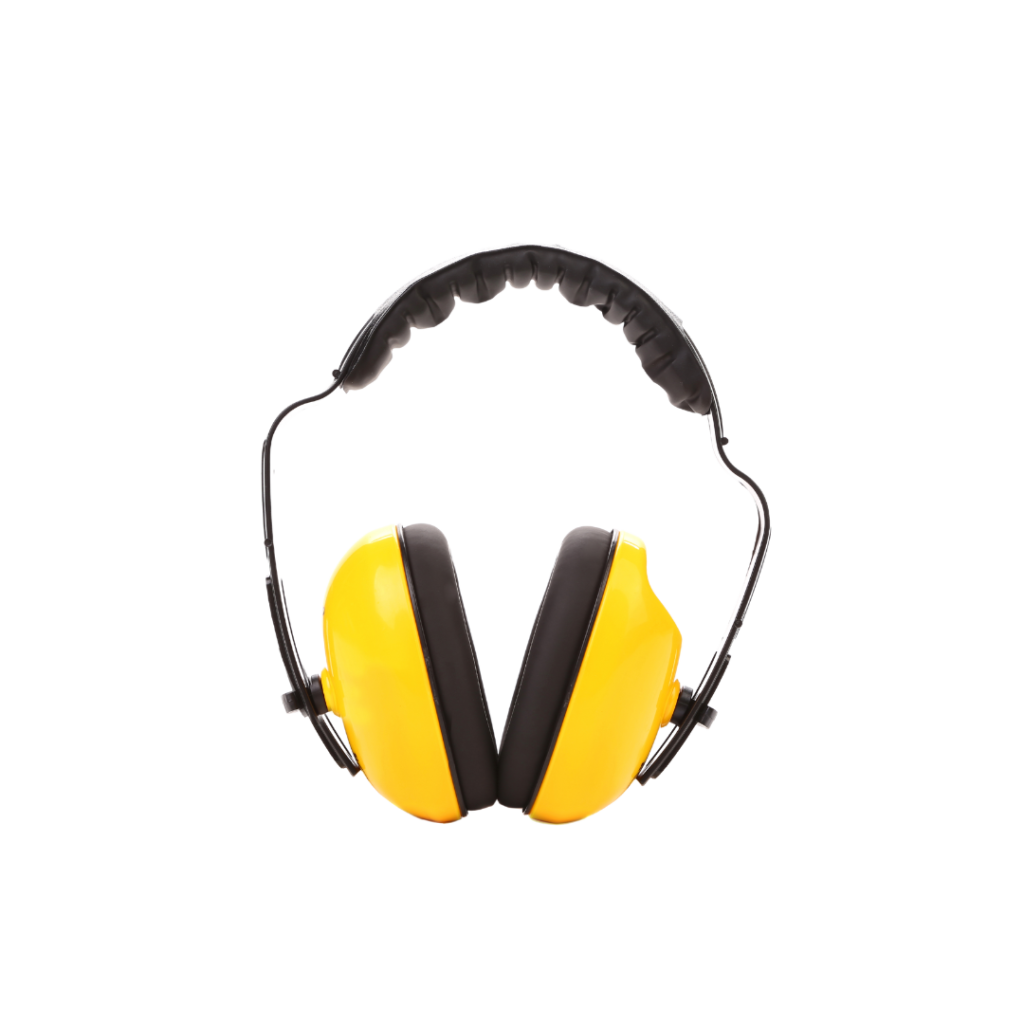
Do you know that exposure to loud noises on the job can permanently damage your hearing? Yes, it can! Regardless of what type of job site you’re on there are always loud noises. And when you’re exposed to loud noises over an extended period of time or even a short period of time when the noise is above 140 decibels, you’re at increased risk of losing your ability to hear. It is therefore vital that everyone in the facility take appropriate steps to protect their hearing using the correct hearing protection for maximum protection.
- Gloves
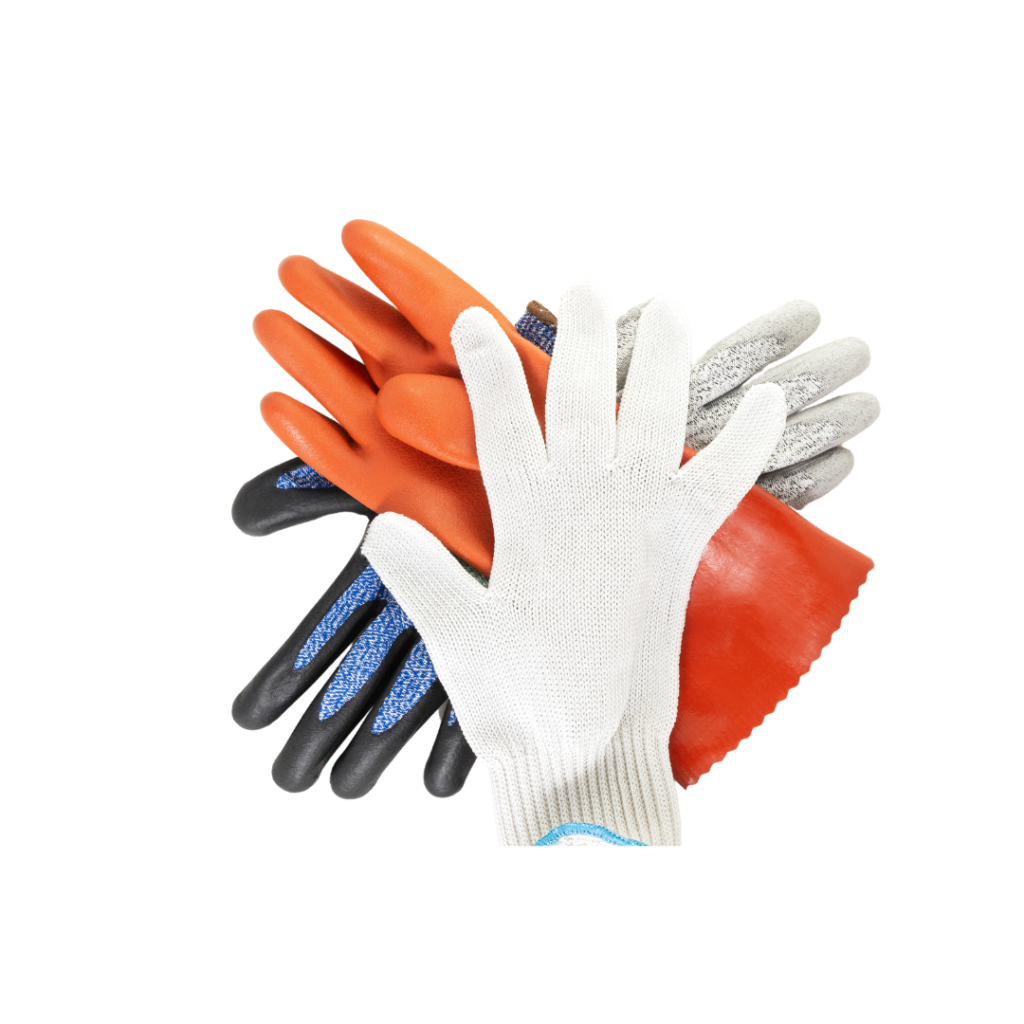
The hand is useful for quite a lot of things on a job site including welding, lifting, pouring, hitting, etc. It is almost impossible for workers not to use their hands while working on site. In fact, they use their hands constantly throughout the day that even a single hazard could cause a lot of pain and in some occasions lead to permanent damage of the hand. Regardless of the type of project site, it is imperative for professionals and managers to protect their hands by wearing proper safety gloves. The type of glove you have will depend on the type of work and degree of potential hazards you’ll be working with. Always get the right glove for the job and remember to inspect your gloves before each use.
- High visibility vests
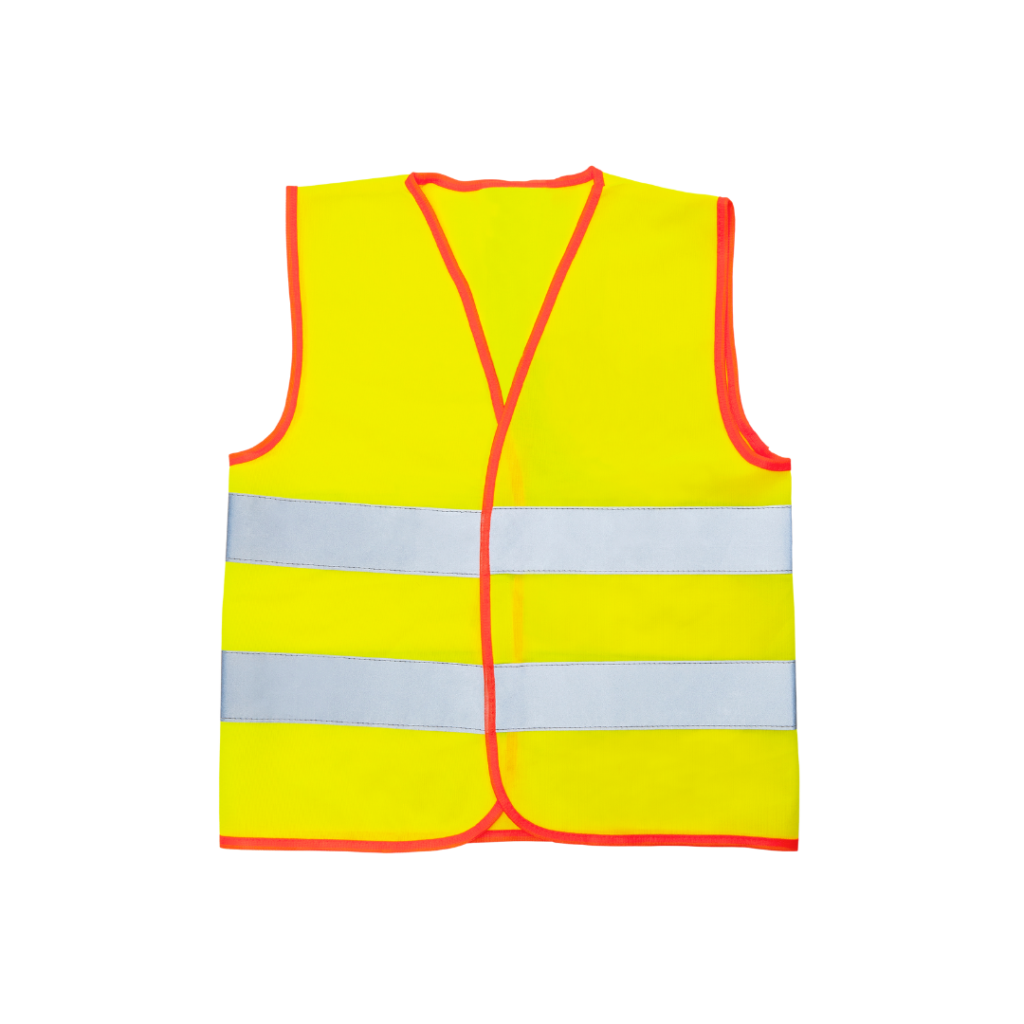
Every day, workers put themselves in harm’s way when working on busy and hazardous job sites. High visibility vests tend to come in bright colours, such as orange and green, and usually contain reflective safety strips for additional visibility. While these vests should be worn at all times when working on a site, it’s especially important to wear them during dusk and at night to keep workers visible and safe on the job site. Remember, you have to be seen to be safe. Always wear high visibility clothing when working on potentially harmful job sites as this could actually save your life.
- Safety boots

Have you ever felt the excruciating pain of a nail piercing through your shoe to your feet? A slippage that happens as a result of putting on regular shoes or no footwear at all? Or a hammer landing on your feet because they’re not properly protected? If your answer is yes to any of these questions, then you already know why safety boots are of great importance. Safety shoes are specially modified shoes that protect the wearer from possible disasters that could lead to a foot injury. Considering the type of works that are done in construction, production, and other related industries, it doesn’t take a soothsayer to tell what could go wrong without a safety boot. Workers should wear safety footwear for optimal foot protection at all times.
- Fall protection

Falls are among the most common causes of serious work-related injuries and deaths in the industry. For every worker working at height, it is extremely important to wear the appropriate fall protection wears and gadgets like body harness, self-retracting line yard, etc. which should be properly anchored to protect workers in the event of a fall. It is also important to understand the difference between fall arrest and fall restraint, and the ABCDs of fall protection.
Conclusion
Each year, accidents happen frequently on job sites due to workers and professionals not wearing the provided PPE or any PPE at all. Safety is a major concern for workers and industries. Wearing the provided PPE for the specific job you’re working on is vital to avert unnecessary workplace injury. Better still, it could even save your life.
So, before starting any job, identify the possible hazards, get the appropriate PPE to guard you from those hazards, ensure your PPE is in good working order, and that everything fits you comfortably.



